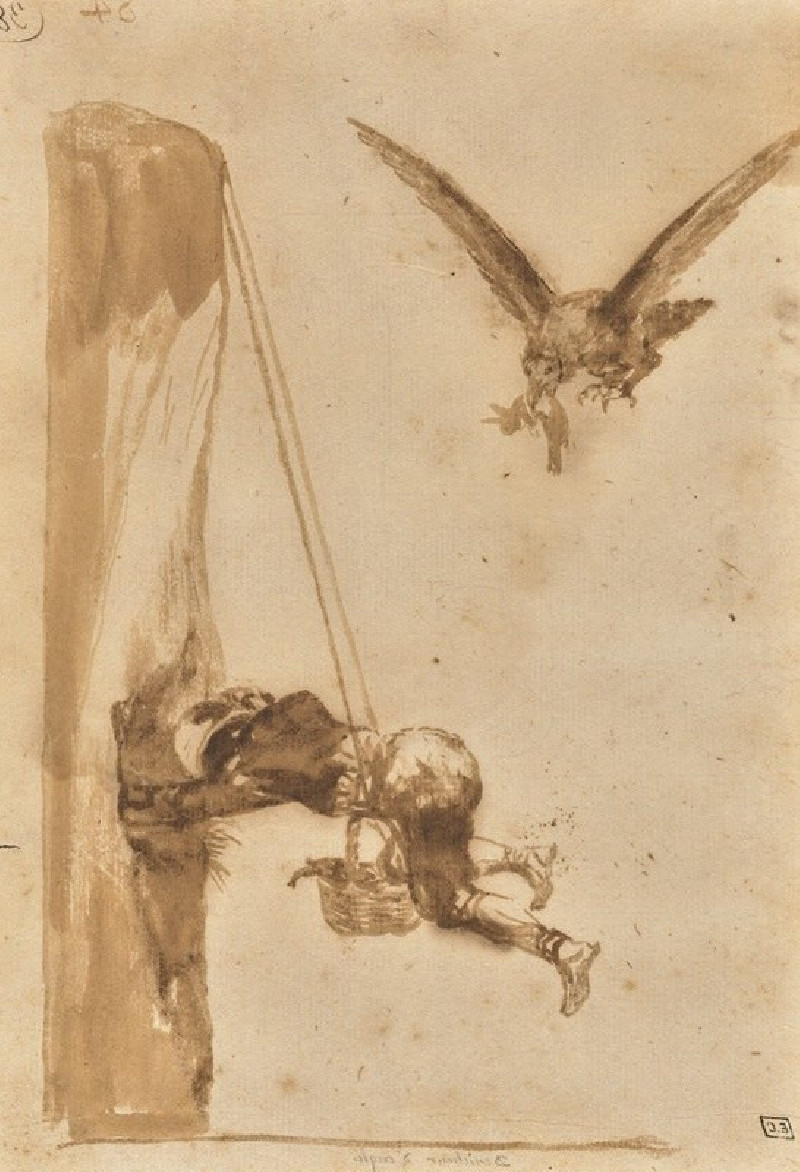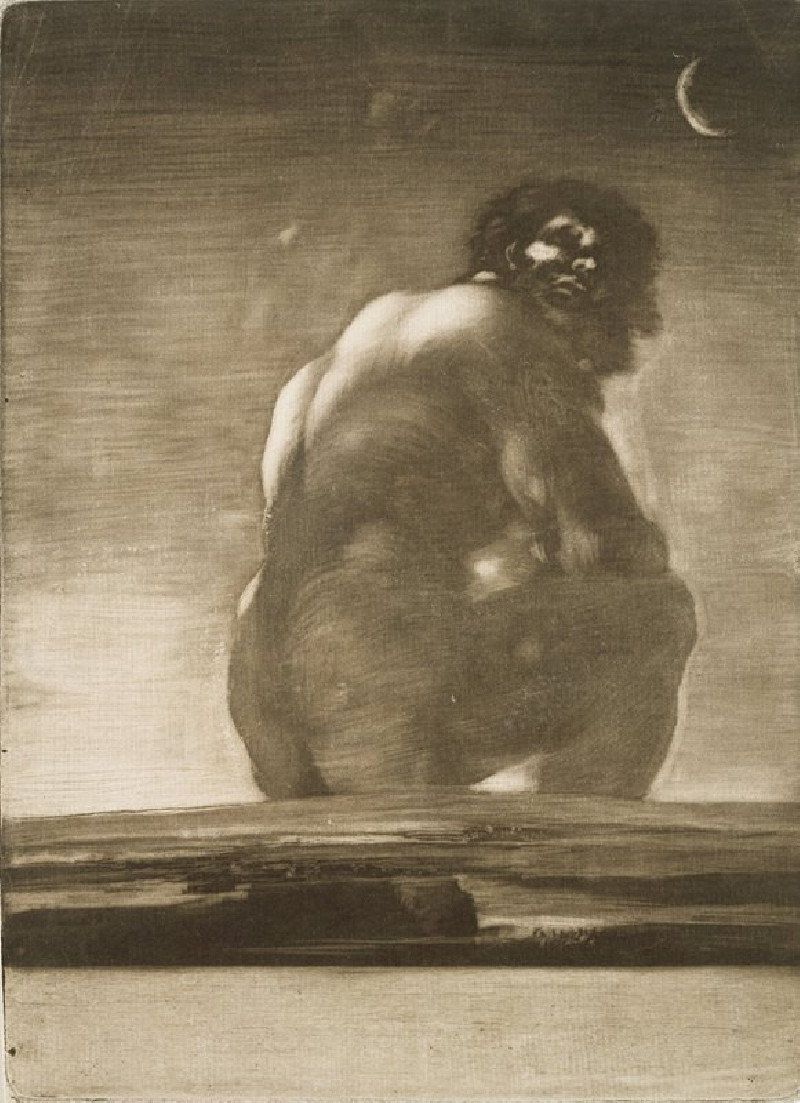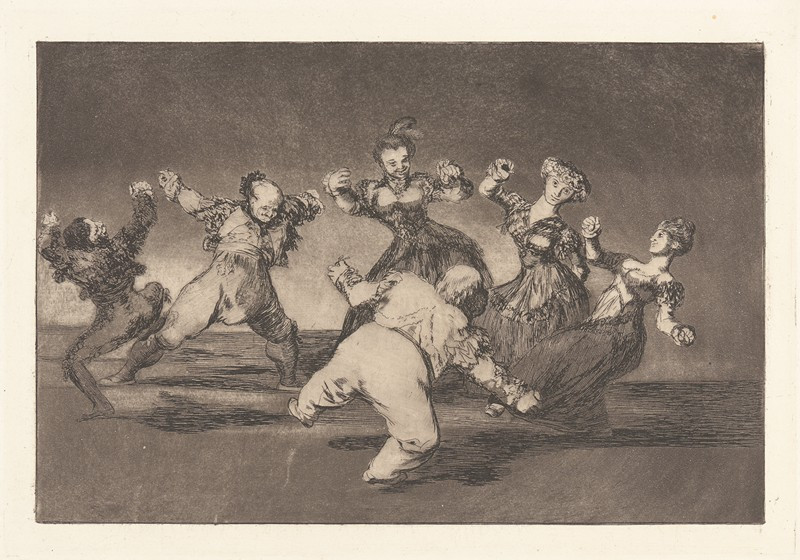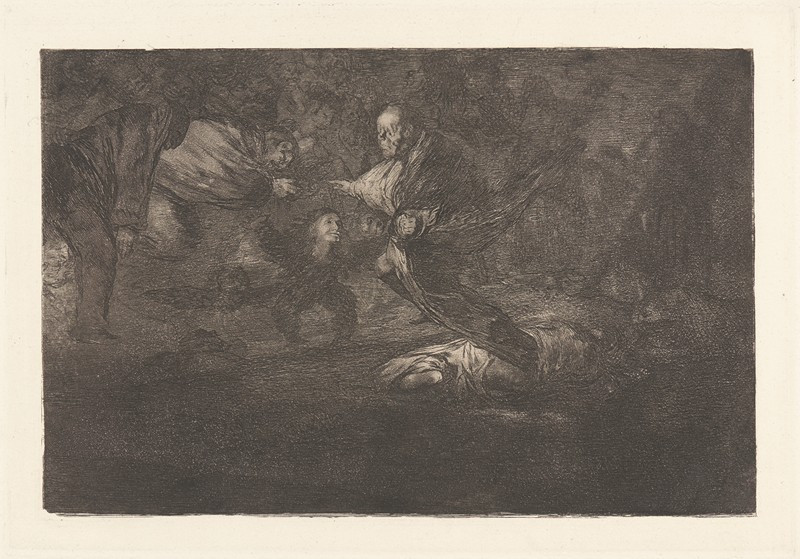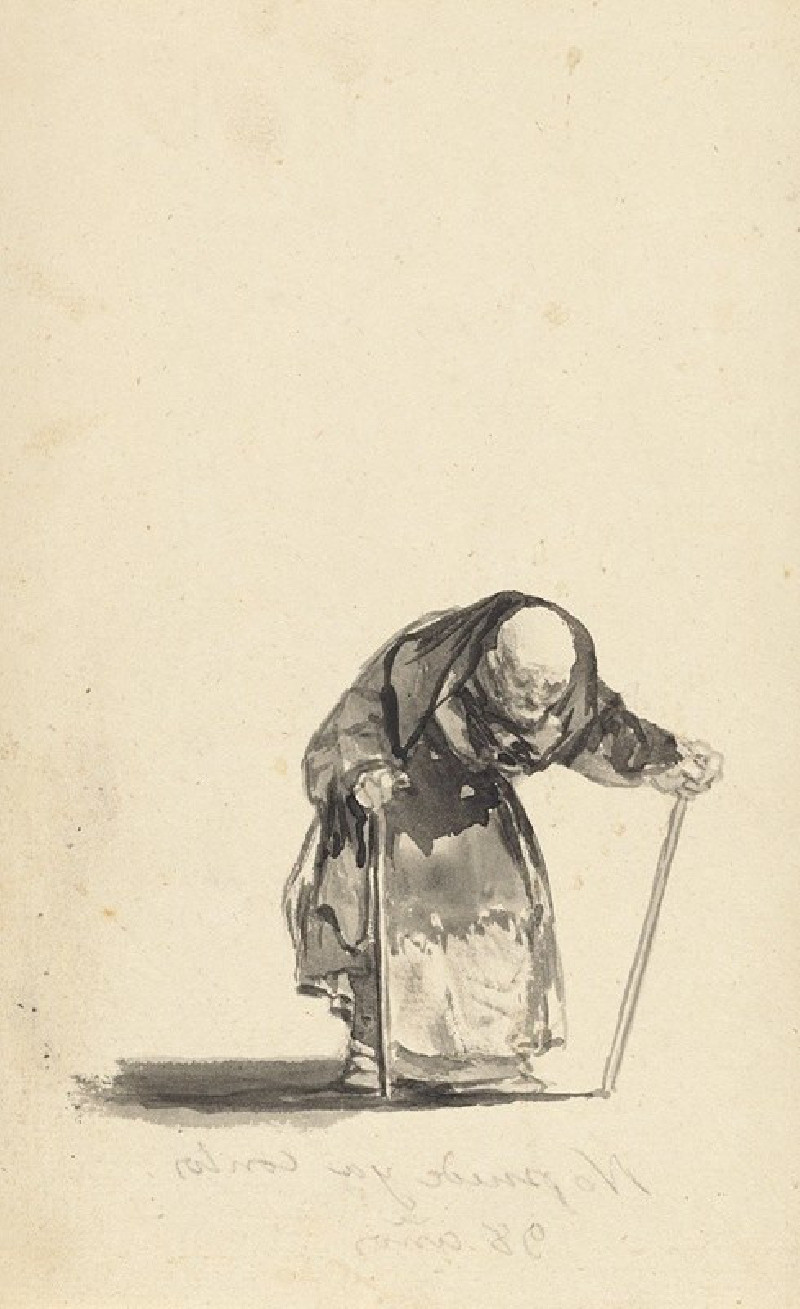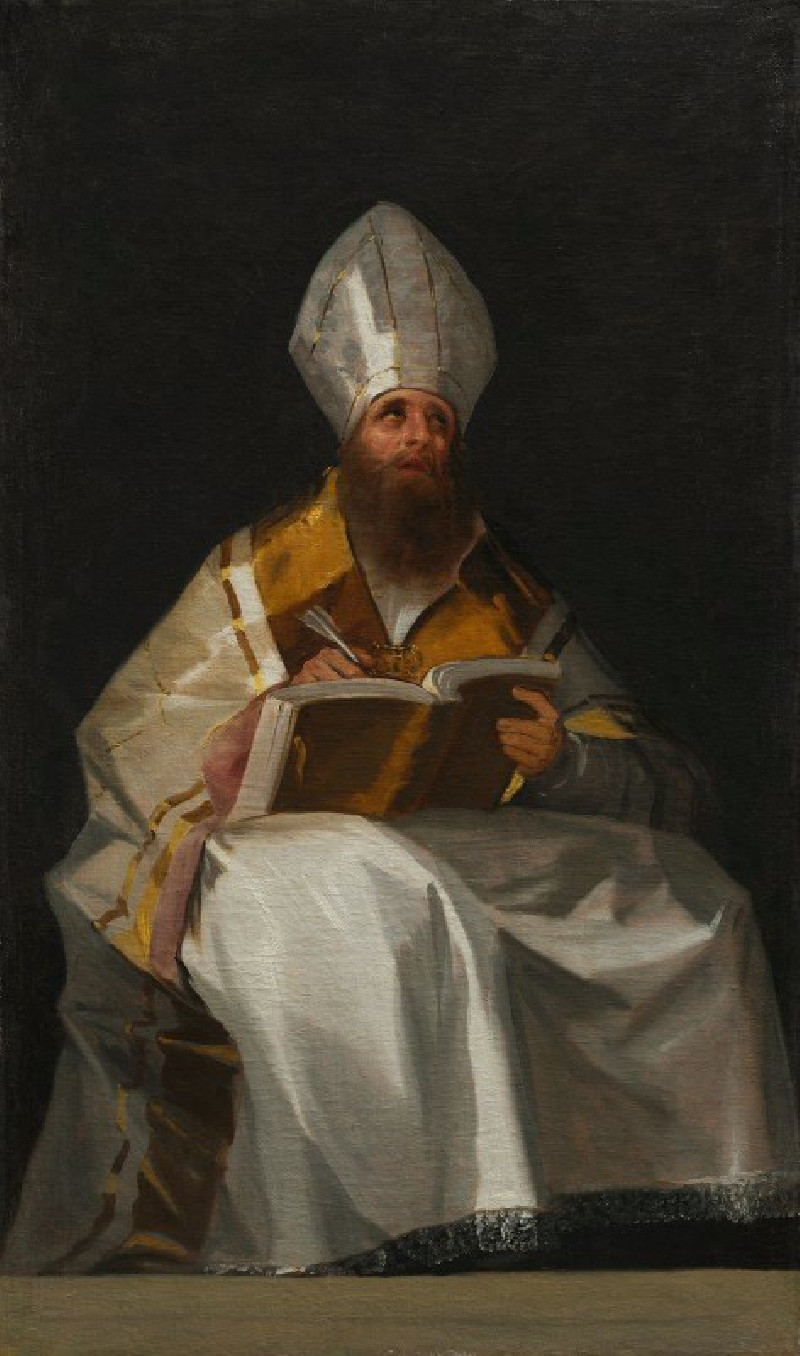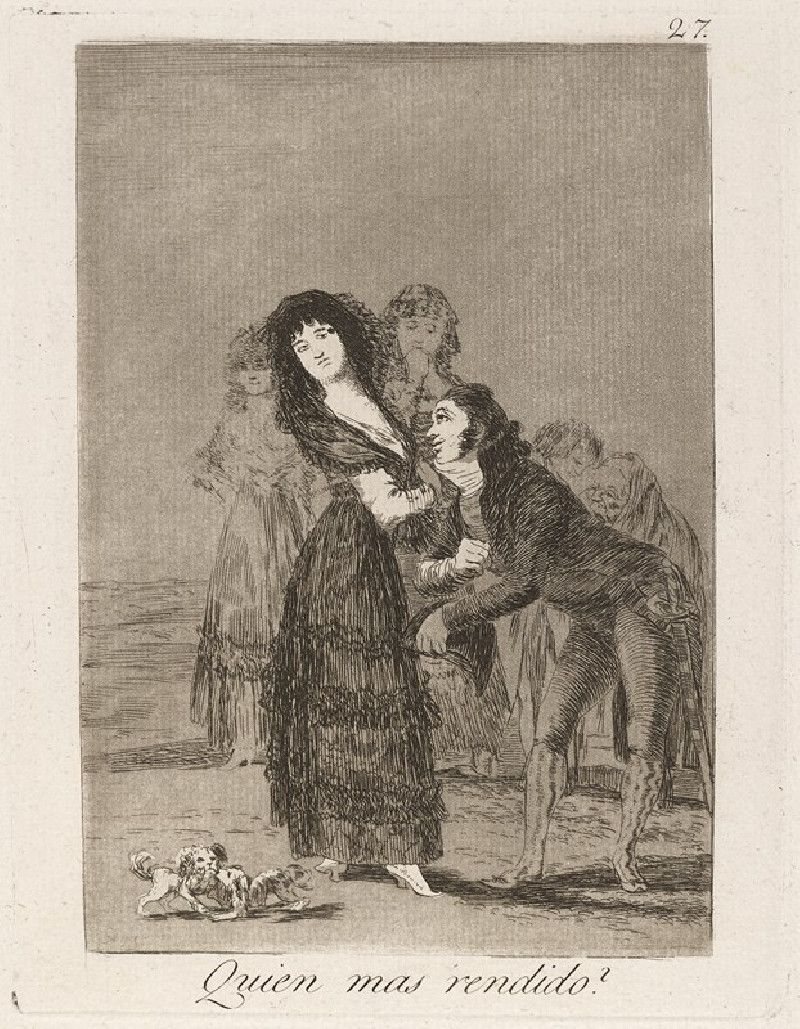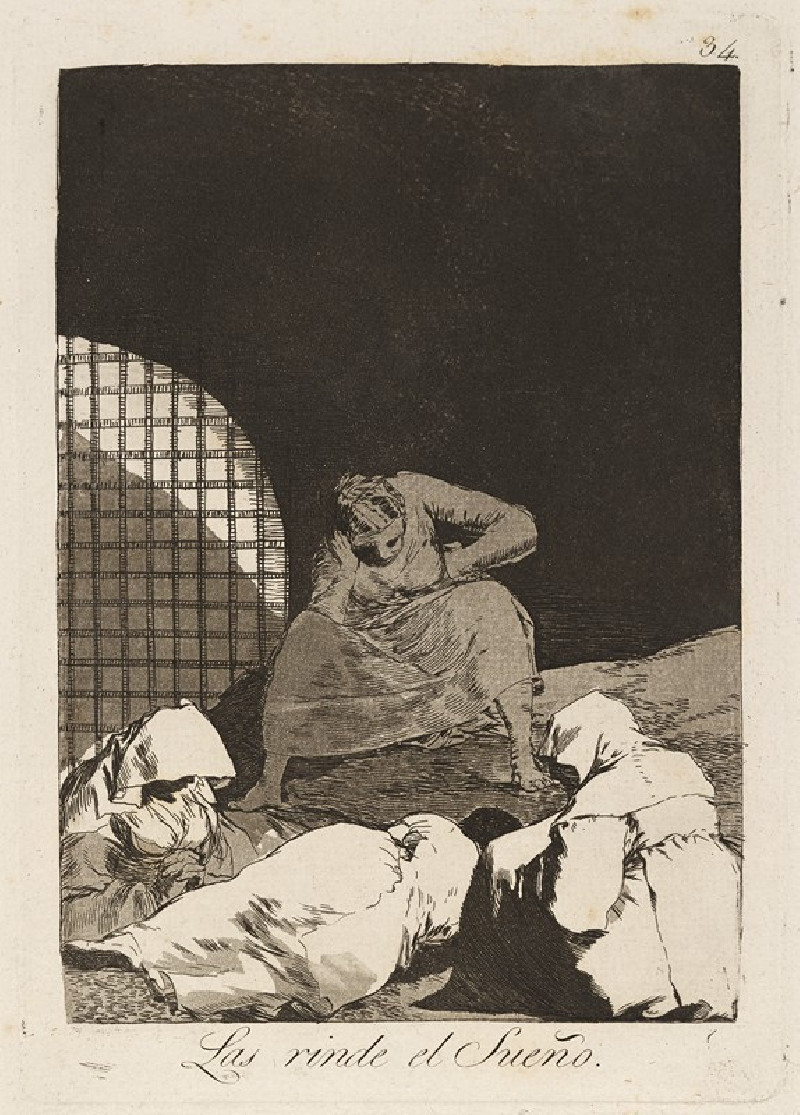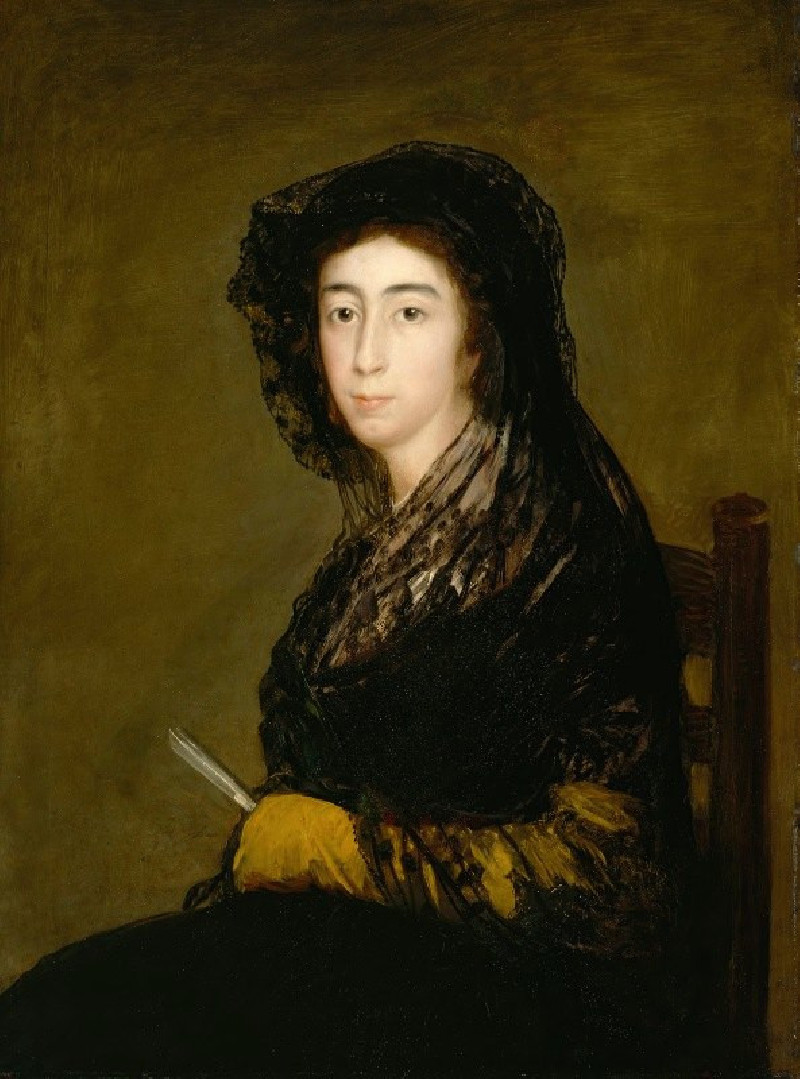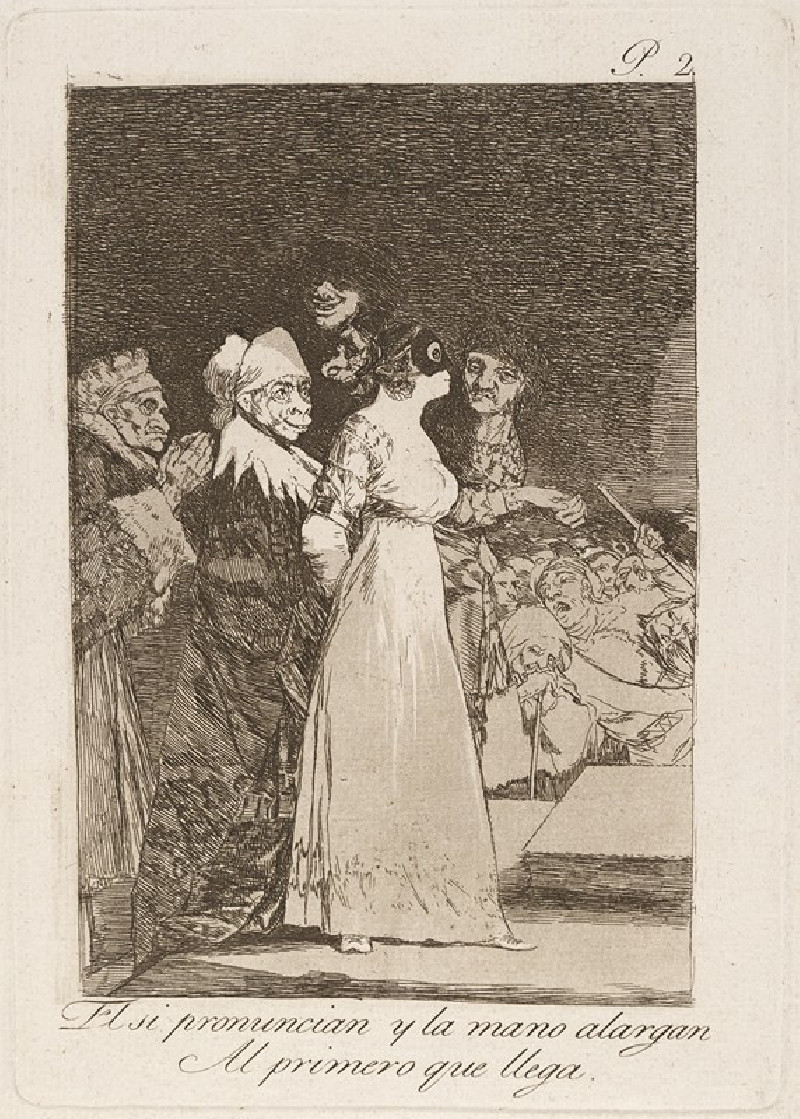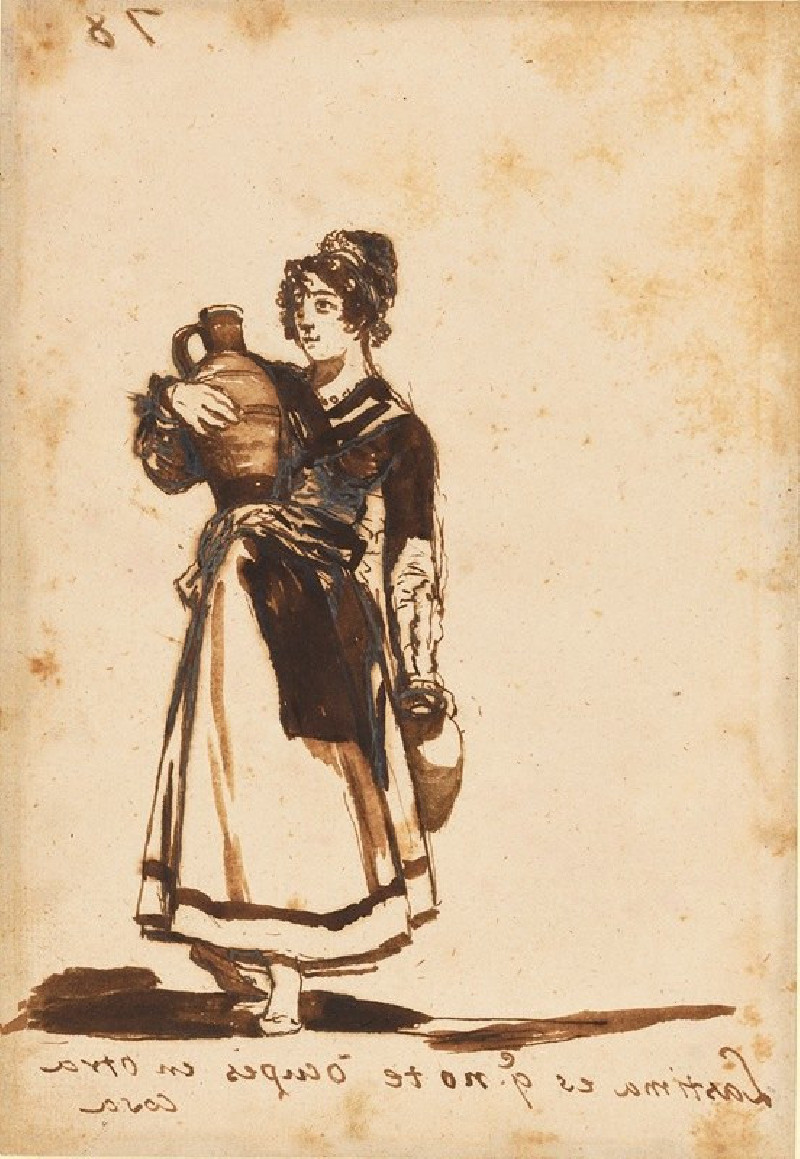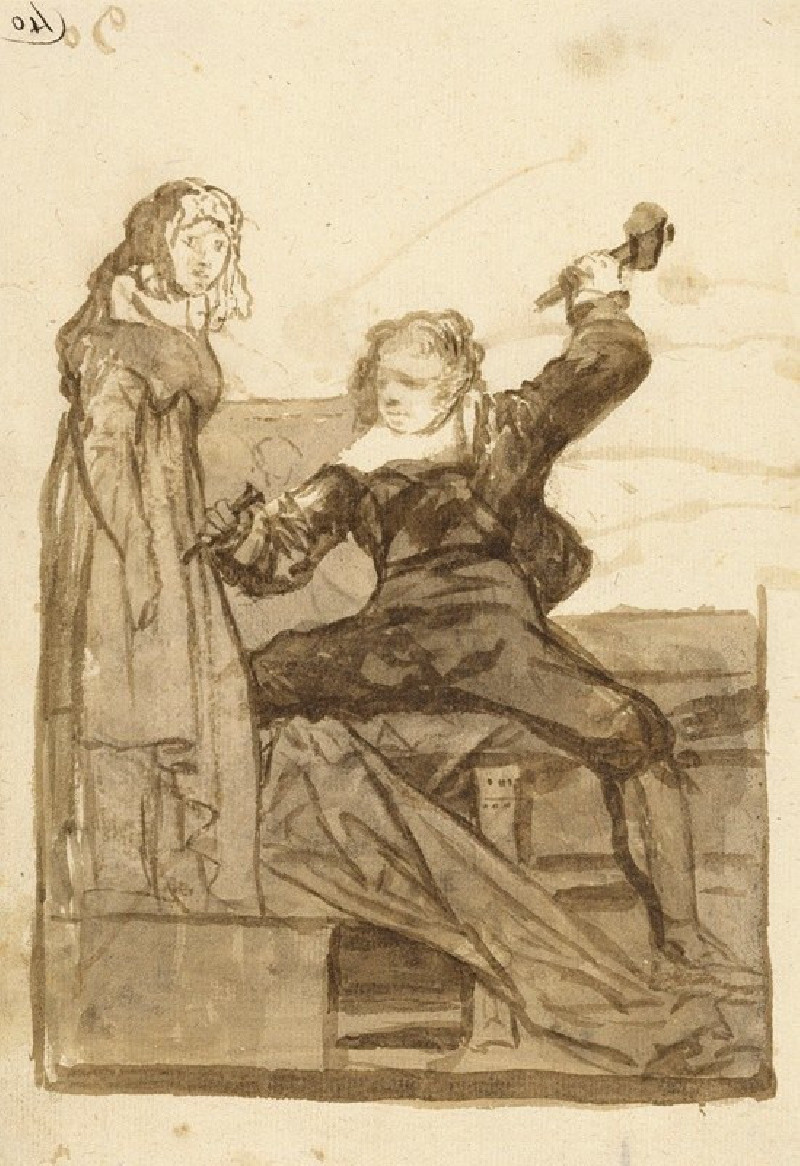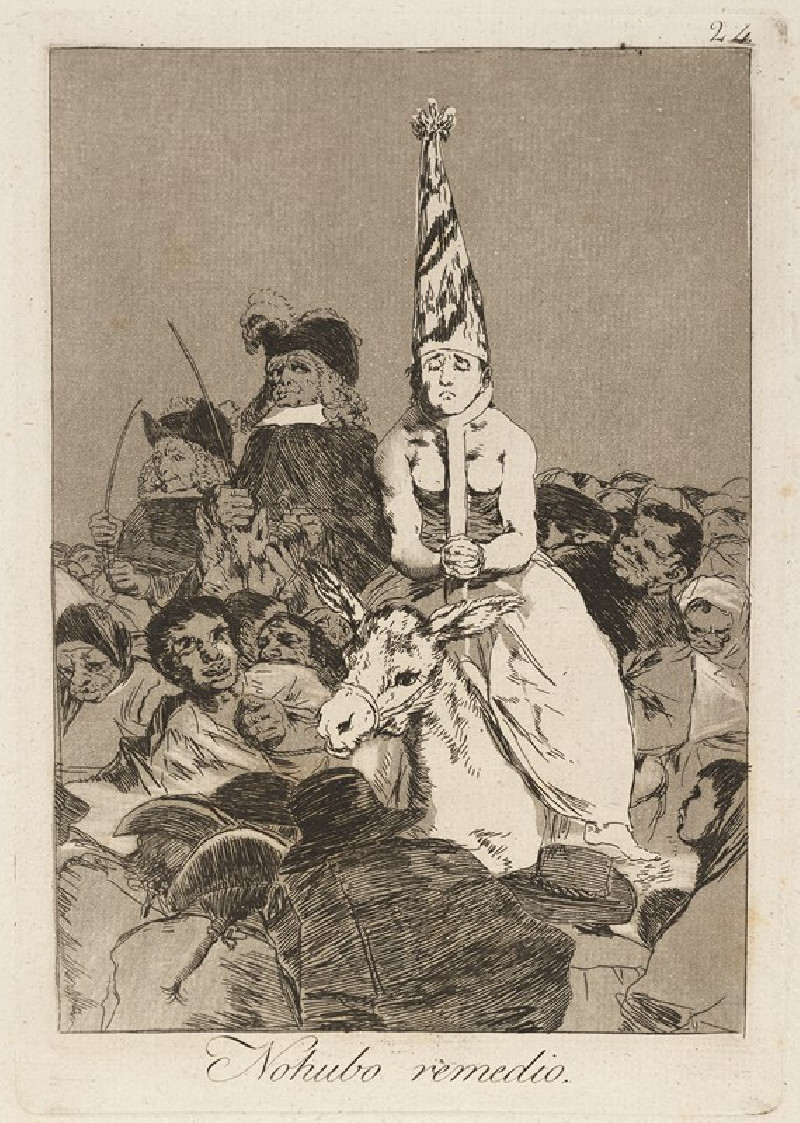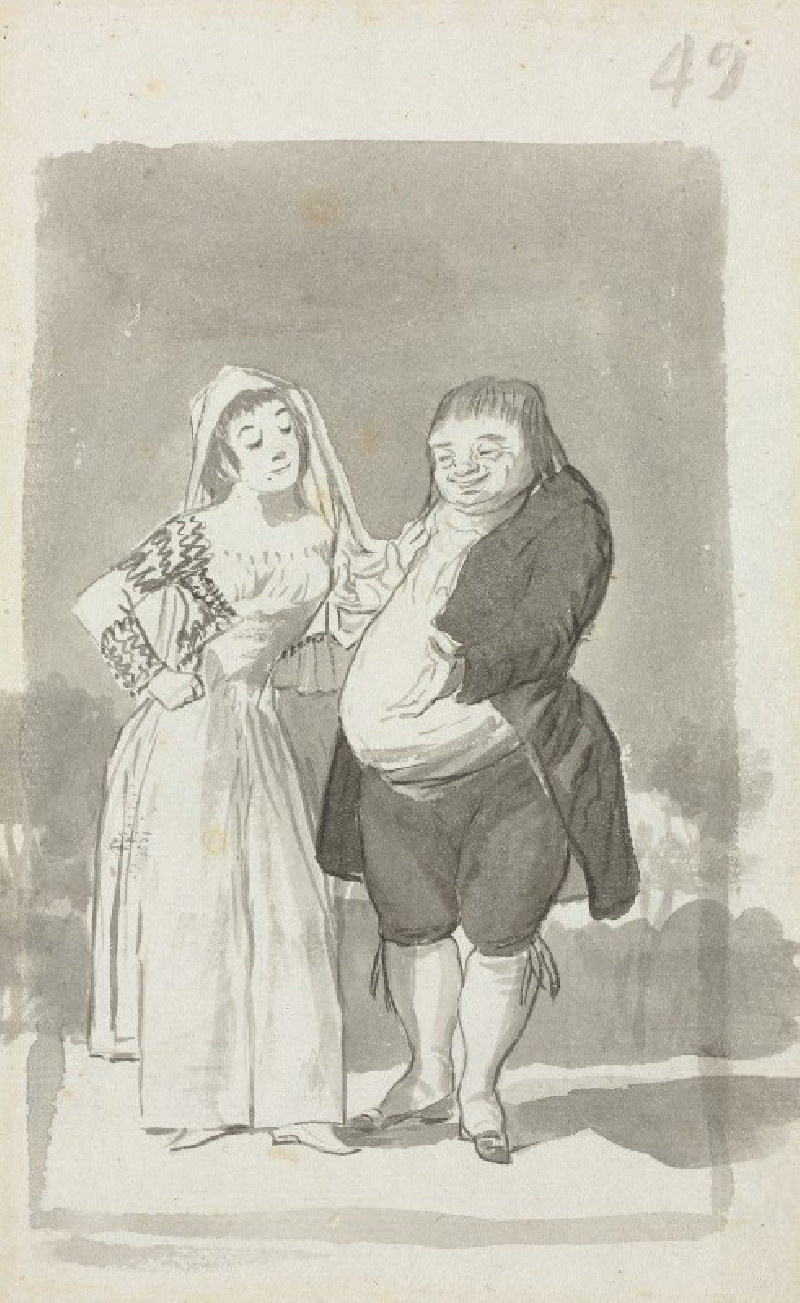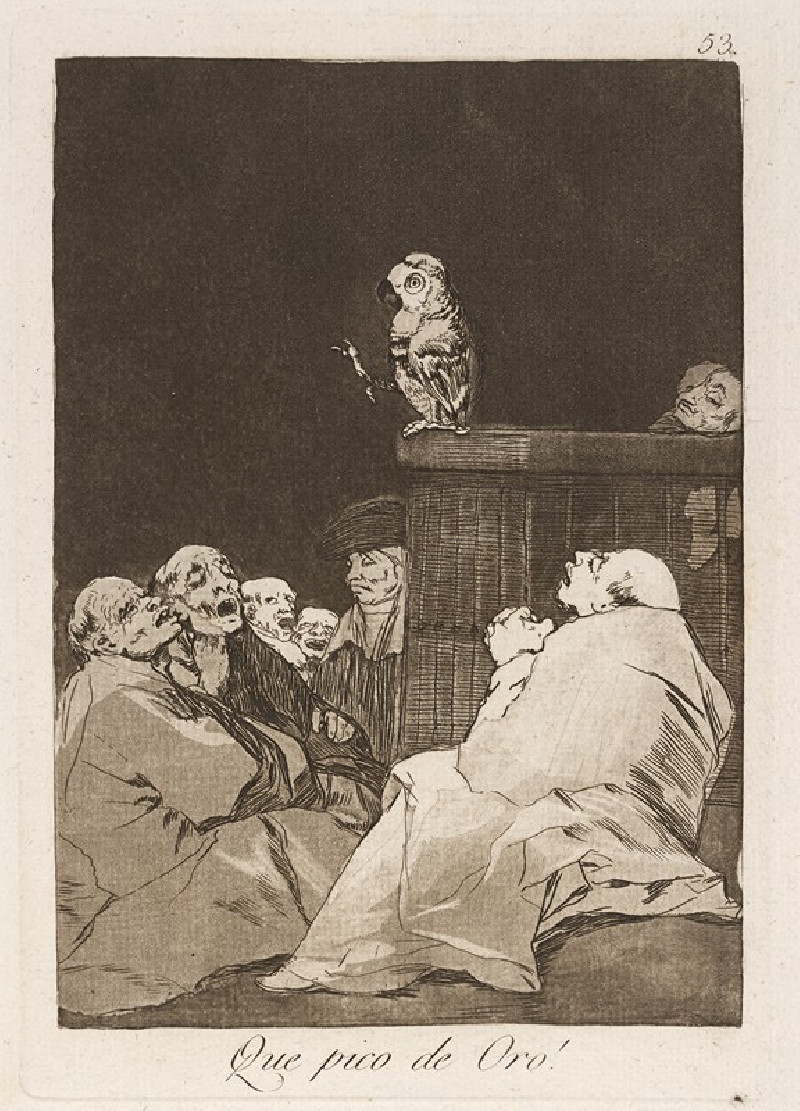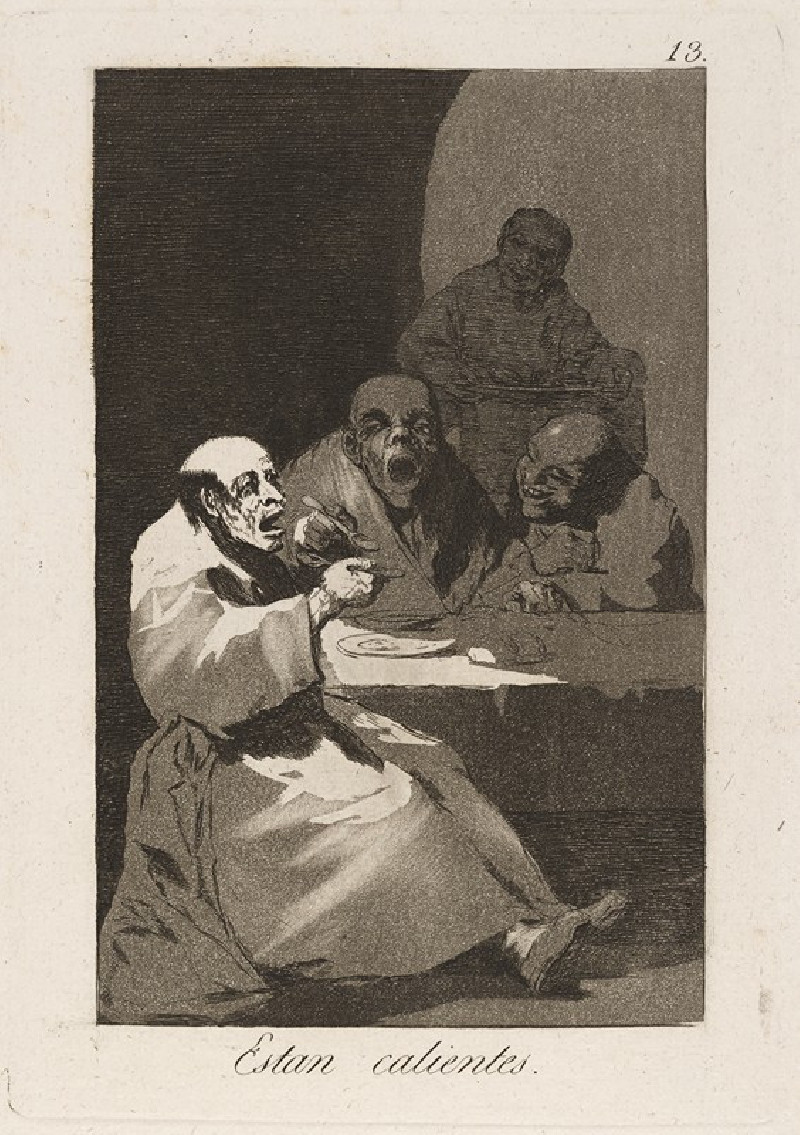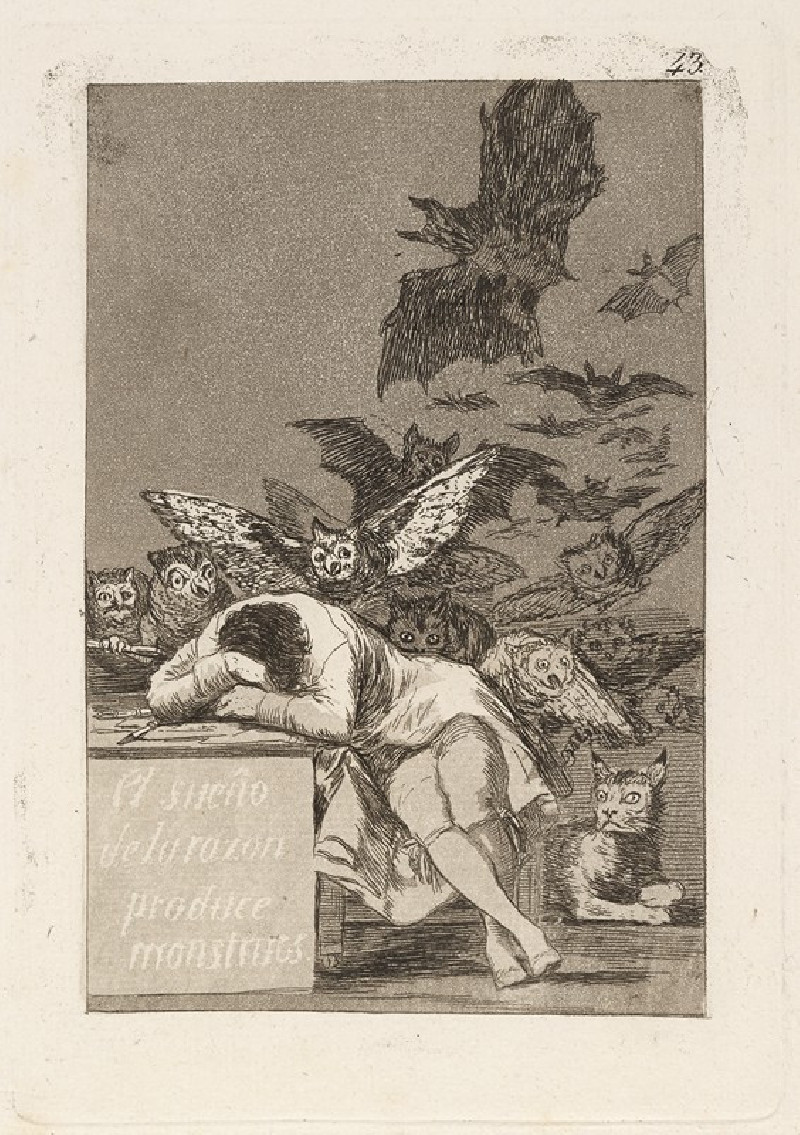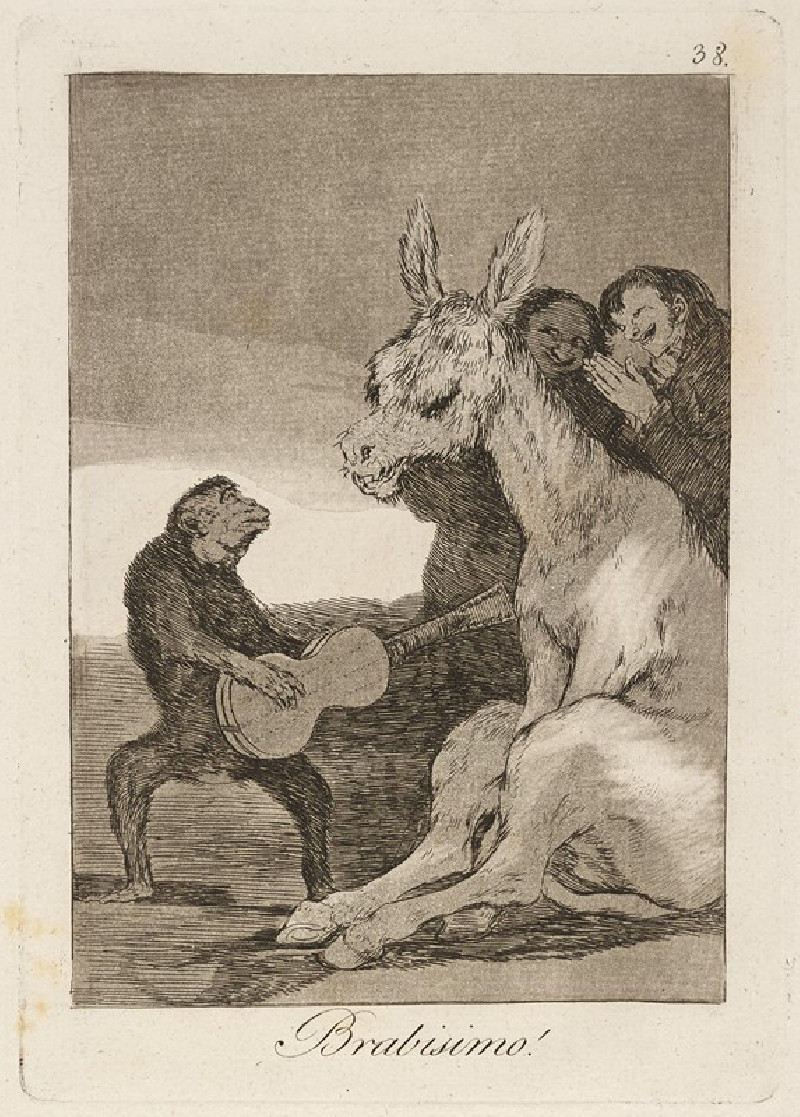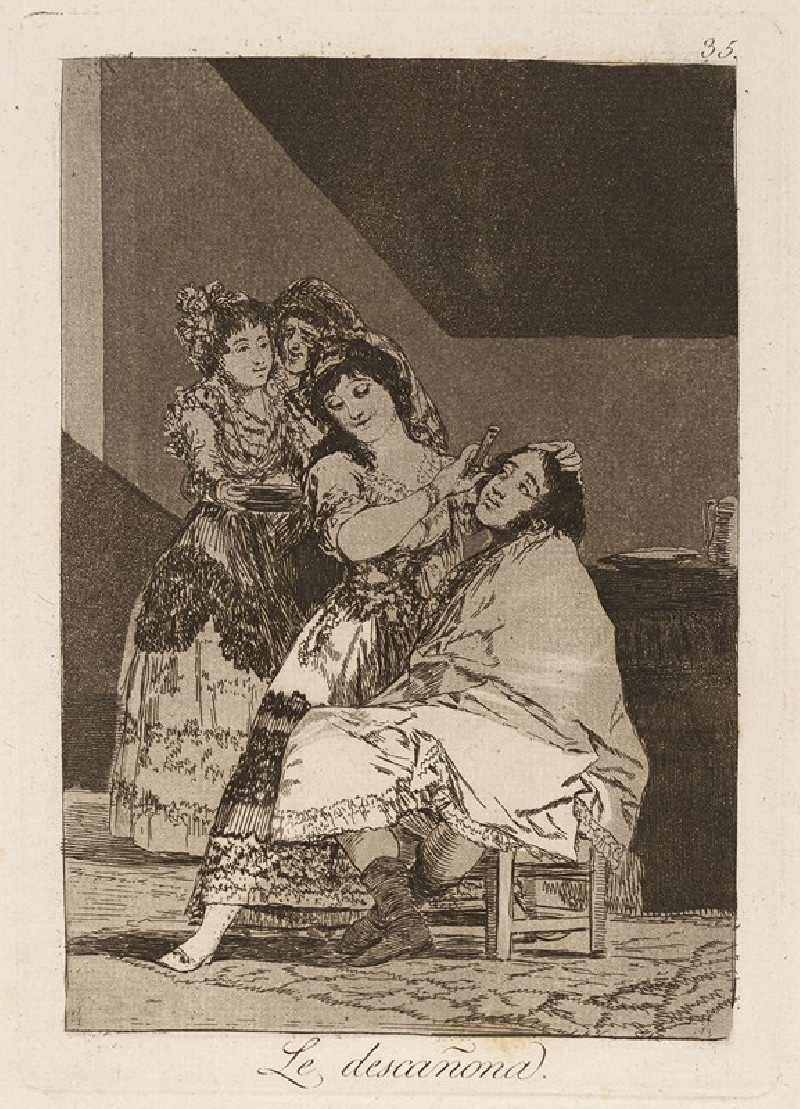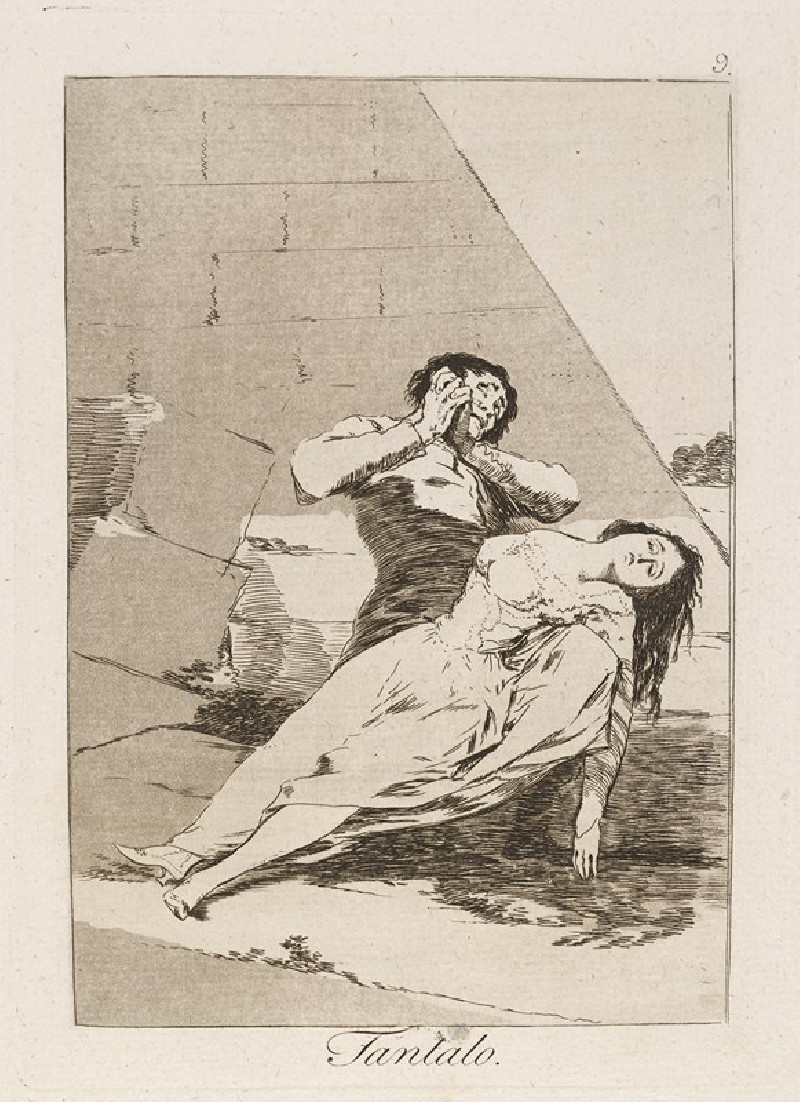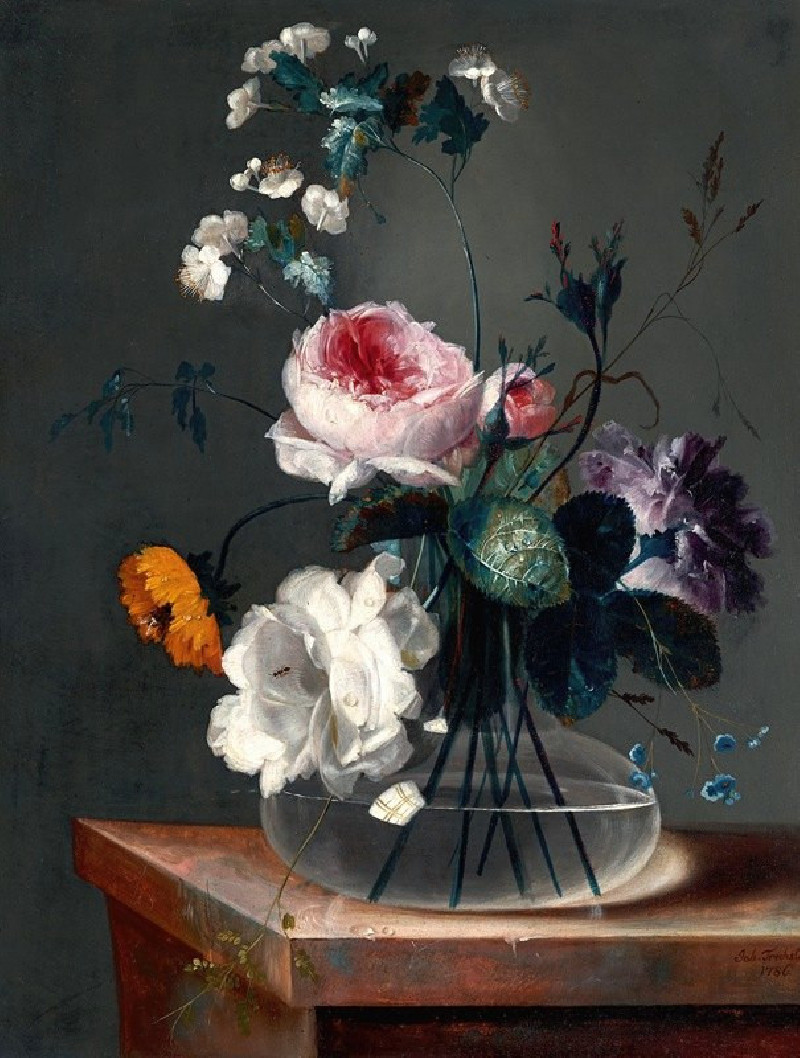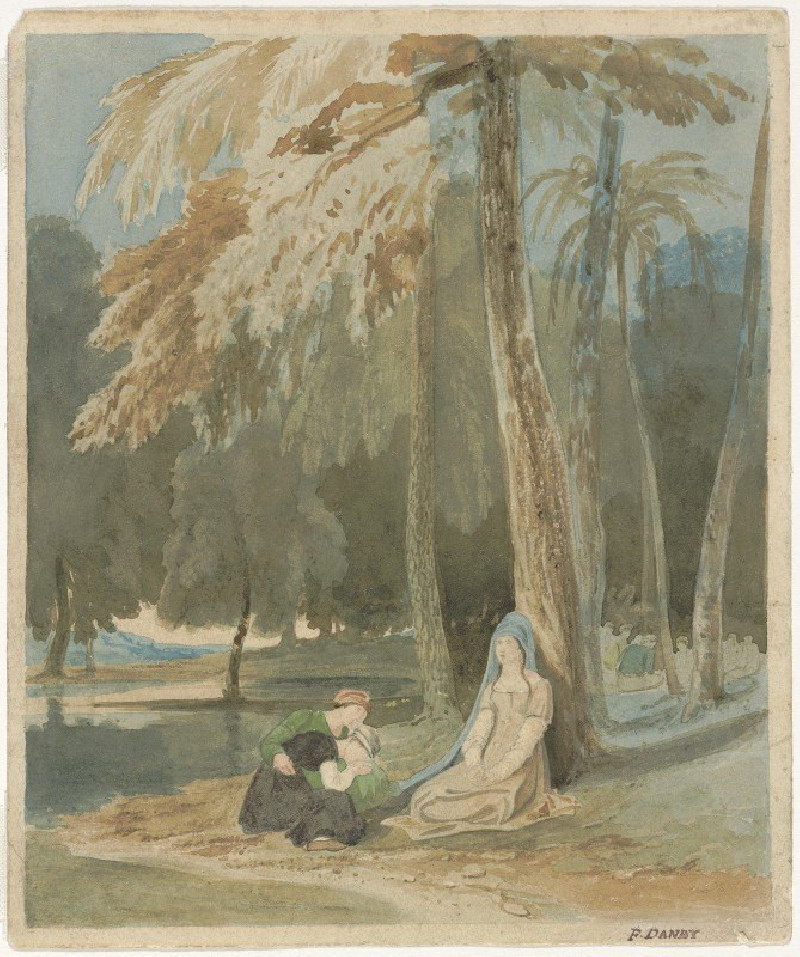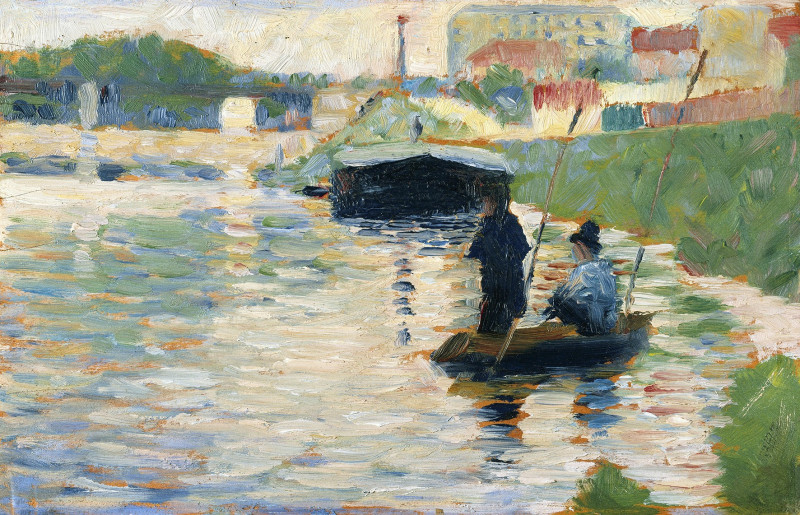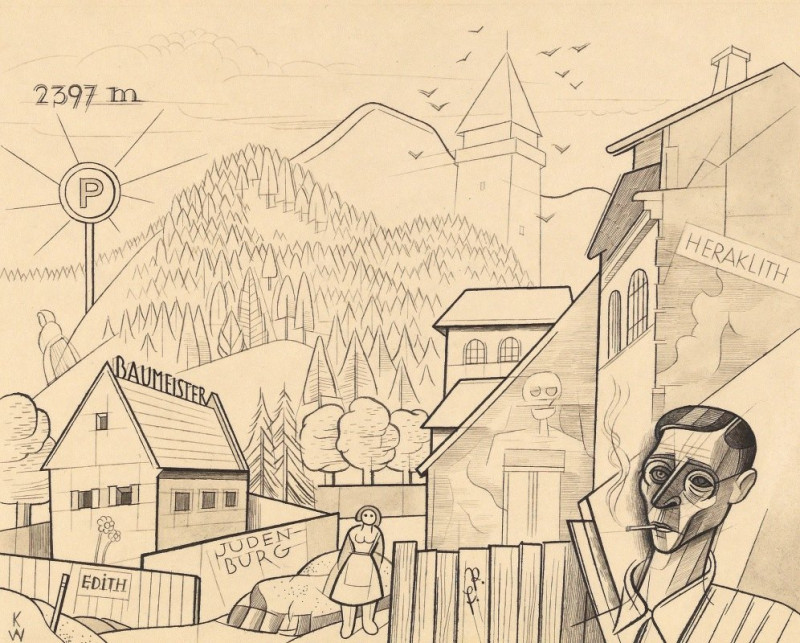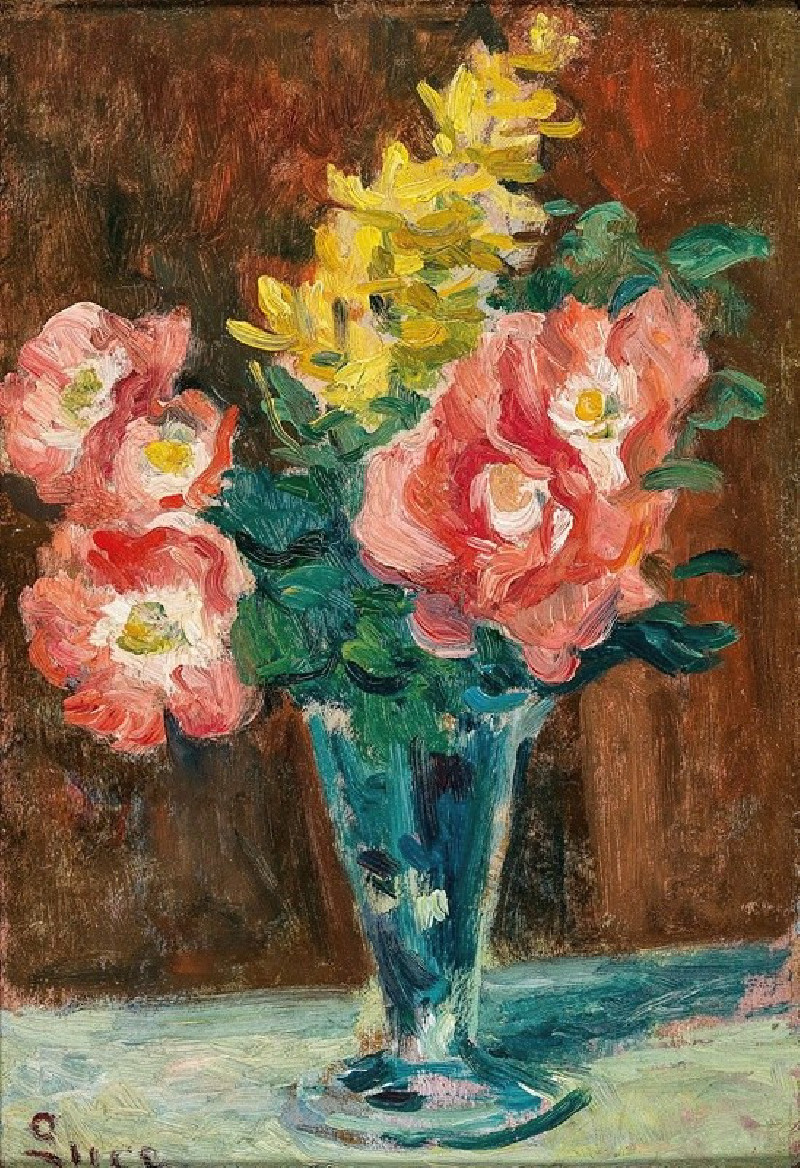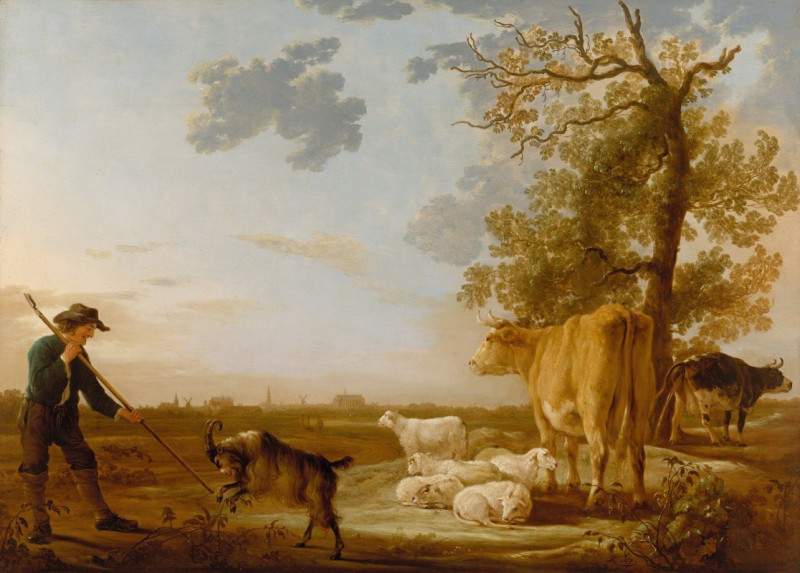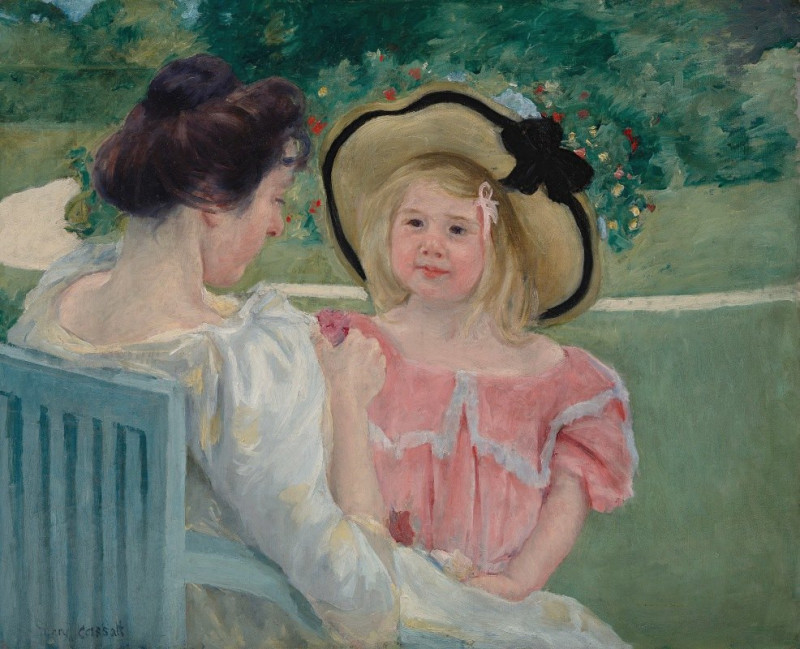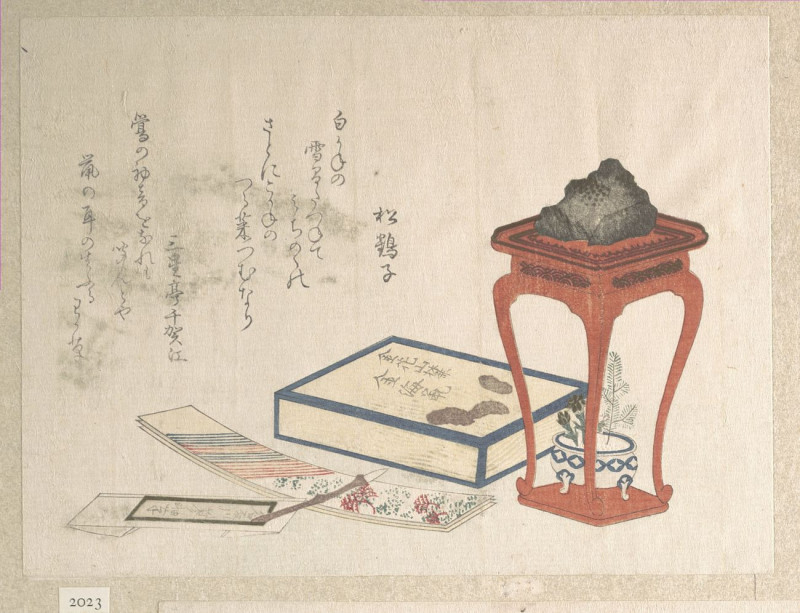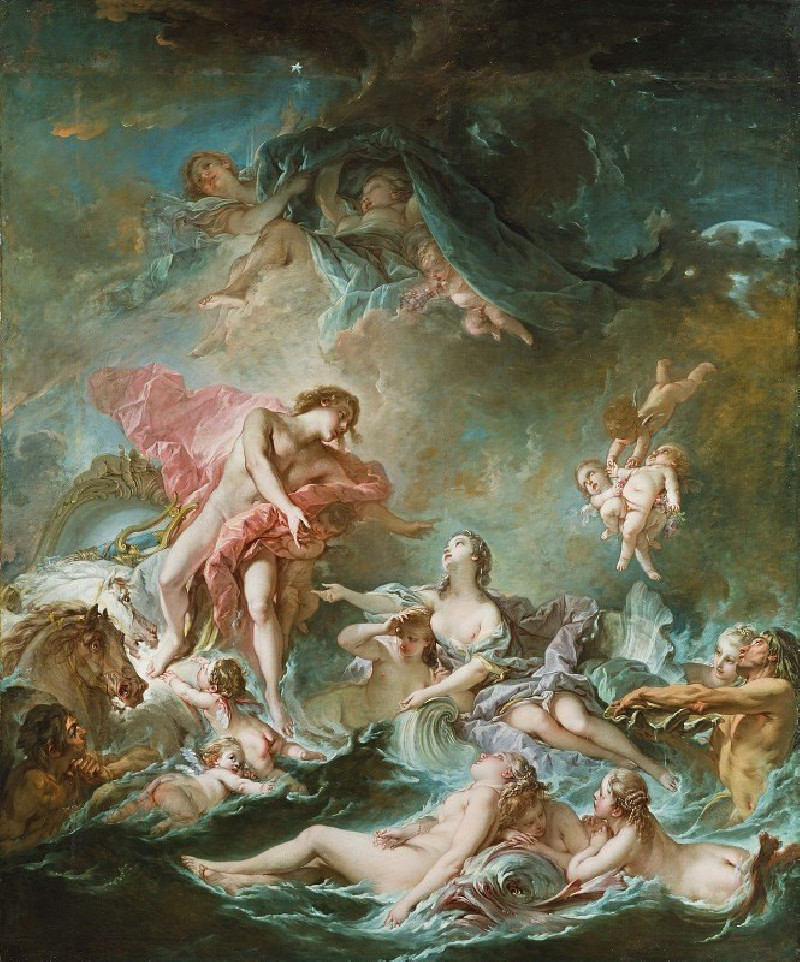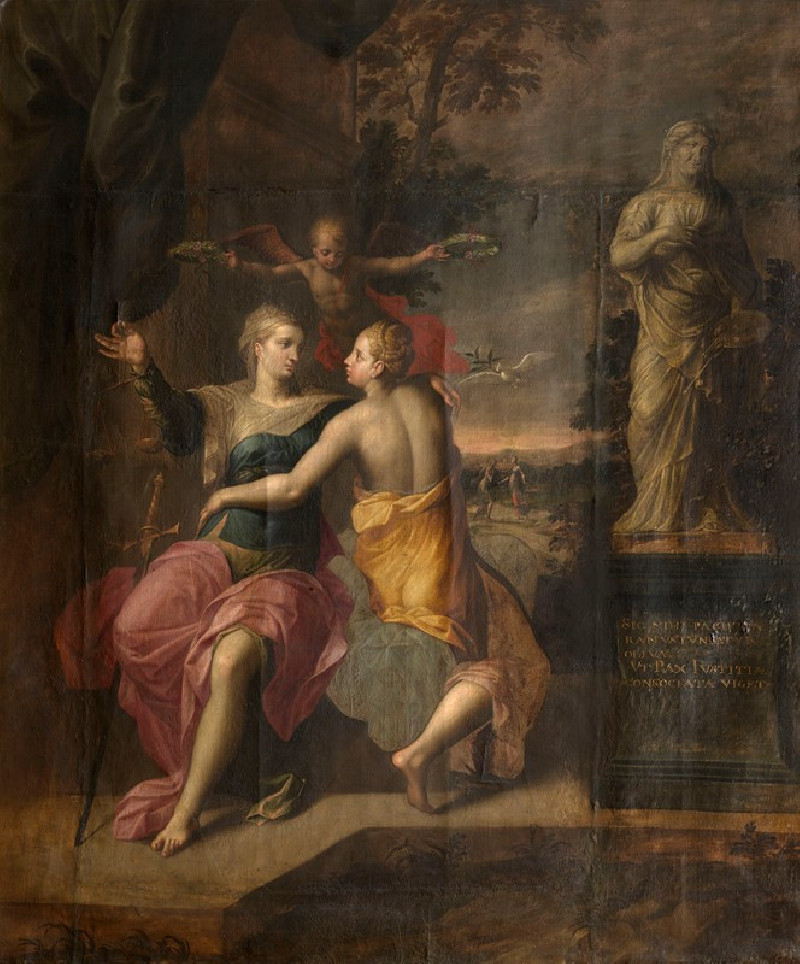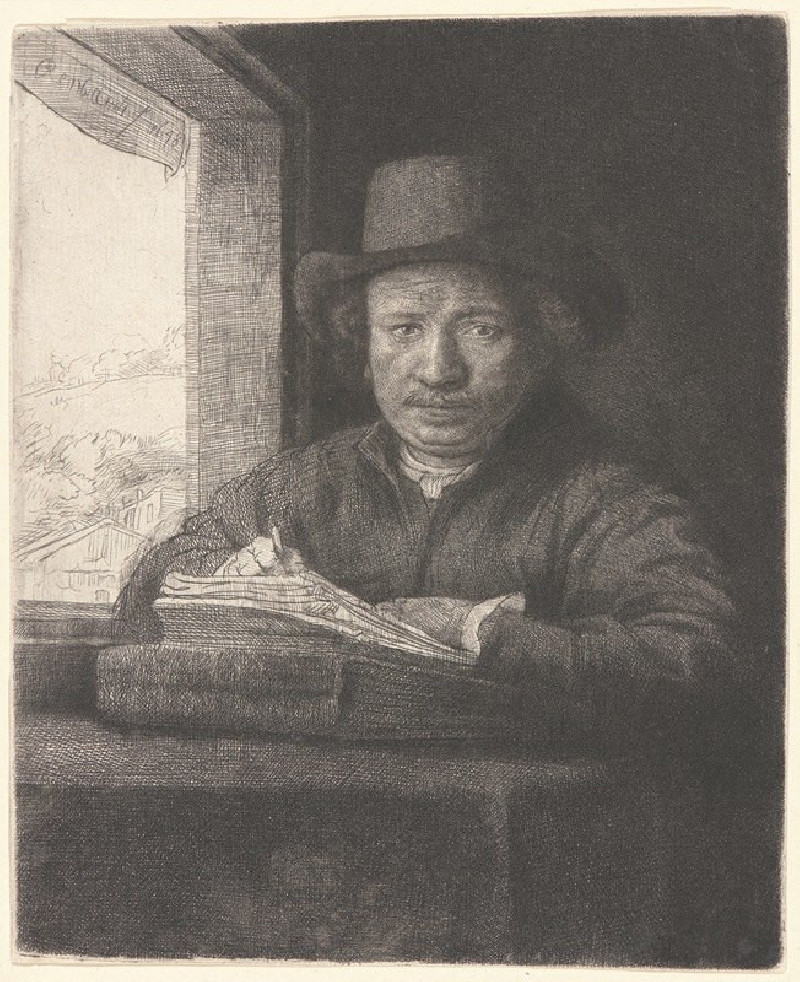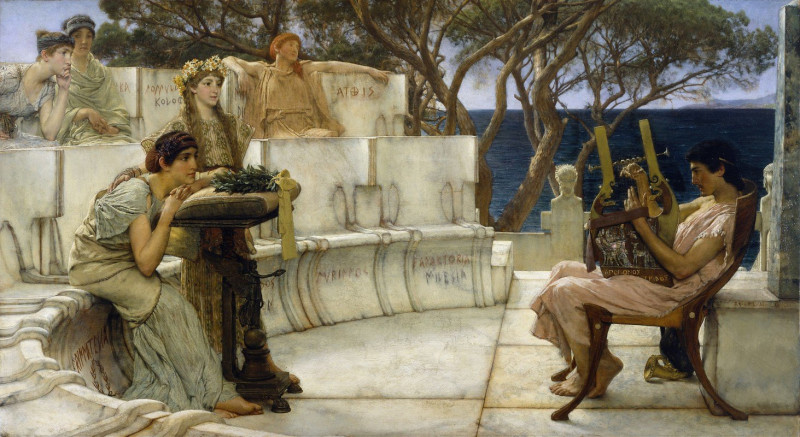The Eagle Hunter (1812–1820)
Technique: Giclée quality print
Recommended by our customers
More about this artwork
"The Eagle Hunter," a captivating work by the renowned Spanish artist Francisco de Goya, created between 1812 and 1820, showcases the artist's exceptional skill in depicting raw, dramatic themes. This intriguing piece of art depicts a man, seemingly caught in a precarious moment of real-life drama, as he battles or interacts with an eagle. Goya's use of sepia tones instills a soft yet intense mood, highlighting the intricate details of the struggle and creating a vivid contrast between the expansive wings of the eagle and the human figure.This painting can be interpreted as a metaphor for the human struggle against overwhelming forces, which is a recurring theme in Goya's art. The eagle, a symbol of power and majesty, contrasts starkly with the vulnerability of the man. Goya's technique, using swift brushstrokes and a minimalistic approach, captures the essence of motion and emotion, crafting a scene filled with tension and ambiguity.This artwork not only reflects Goya’s deep observational skills but also his ability to convey complex human emotions and narratives, urging viewers to delve deeper into the themes of power, survival, and man’s primal instincts.
Delivery
Returns
Francisco José de Goya y Lucientes (30 March 1746 – 16 April 1828) was a Spanish romantic painter and printmaker. He is considered the most important Spanish artist of the late 18th and early 19th centuries. His paintings, drawings, and engravings reflected contemporary historical upheavals and influenced important 19th- and 20th-century painters. Goya is often referred to as the last of the Old Masters and the first of the moderns.

